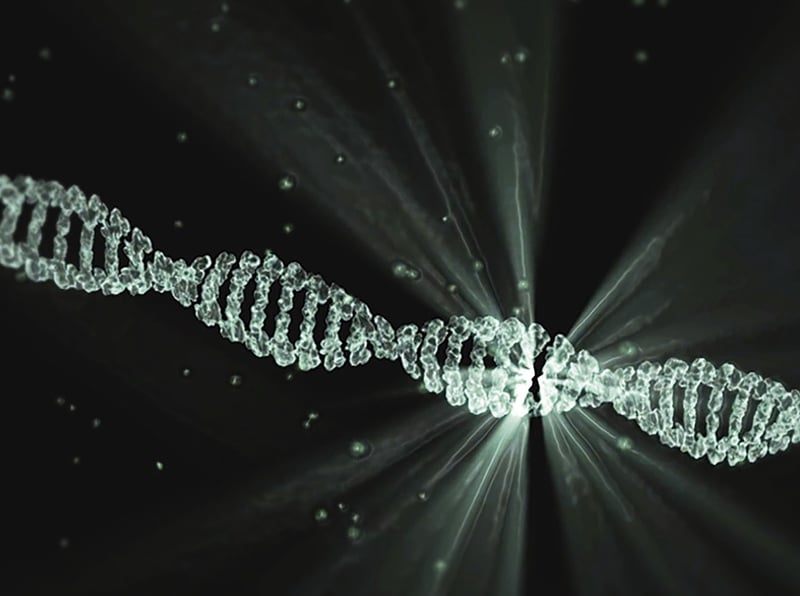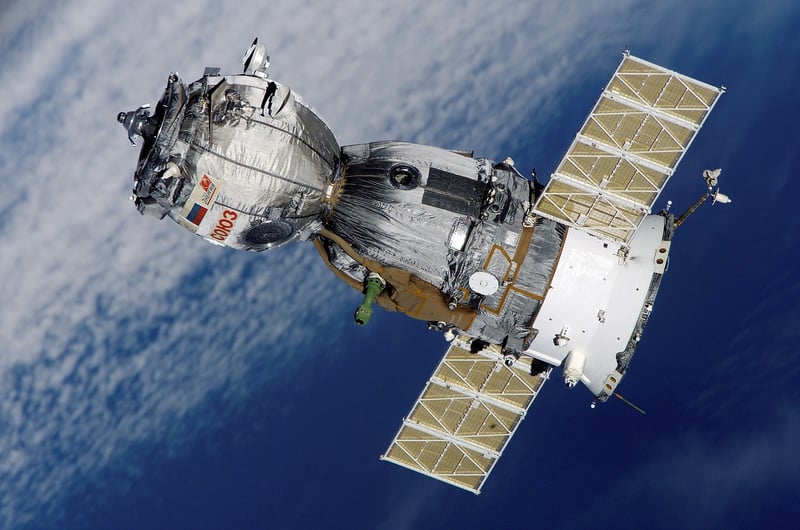Astrobiology Tools
The Future of Astrobiology: Cutting-Edge Innovations and Tools
As we delve deeper into the mysteries of the universe, the field of astrobiology continues to push the boundaries of scientific exploration. From understanding the origins of life to searching for signs of extraterrestrial existence, researchers are constantly developing cutting-edge innovations and tools to aid in their quest. Let's take a look at some of the latest advancements shaping the future of astrobiology.
1. Spectroscopy Imaging
Spectroscopy imaging is a powerful technique that allows scientists to analyze the chemical composition of celestial objects. By studying the light emitted or absorbed by these objects, researchers can identify key molecules such as water, methane, and amino acids. This technology is crucial in the search for habitable exoplanets and the detection of potential biosignatures.

2. DNA Sequencing in Space
Advancements in DNA sequencing technology have paved the way for genetic analysis in space. Miniature sequencers are now capable of analyzing the genetic material of microorganisms in real-time aboard spacecraft or planetary rovers. This breakthrough enables scientists to study the adaptability of life in extreme environments and investigate potential extraterrestrial DNA.

3. Autonomous Rovers
Autonomous rovers equipped with AI-driven systems are revolutionizing planetary exploration. These robotic vehicles can navigate challenging terrains, collect samples, and conduct experiments without direct human intervention. By incorporating machine learning algorithms, rovers can adapt to unforeseen obstacles and optimize their scientific objectives.

4. Bioinformatics Tools
Bioinformatics tools play a crucial role in analyzing vast amounts of biological data collected from space missions. These tools enable researchers to compare genomic sequences, predict protein structures, and unravel complex biological pathways. By leveraging computational algorithms, scientists can decipher the genetic blueprint of extraterrestrial life forms.

5. Laser Spectroscopy for Remote Sensing
Laser spectroscopy offers a non-invasive method for remote sensing of planetary surfaces. By emitting laser pulses and analyzing the scattered light, scientists can determine the presence of organic compounds and minerals from a distance. This technique is instrumental in characterizing the geology and chemistry of celestial bodies with precision.

With these cutting-edge innovations and tools at their disposal, astrobiologists are poised to unravel the secrets of life beyond Earth. The convergence of technology, science, and exploration continues to drive the field forward, opening new horizons in our quest to understand the origins and diversity of life in the cosmos.
